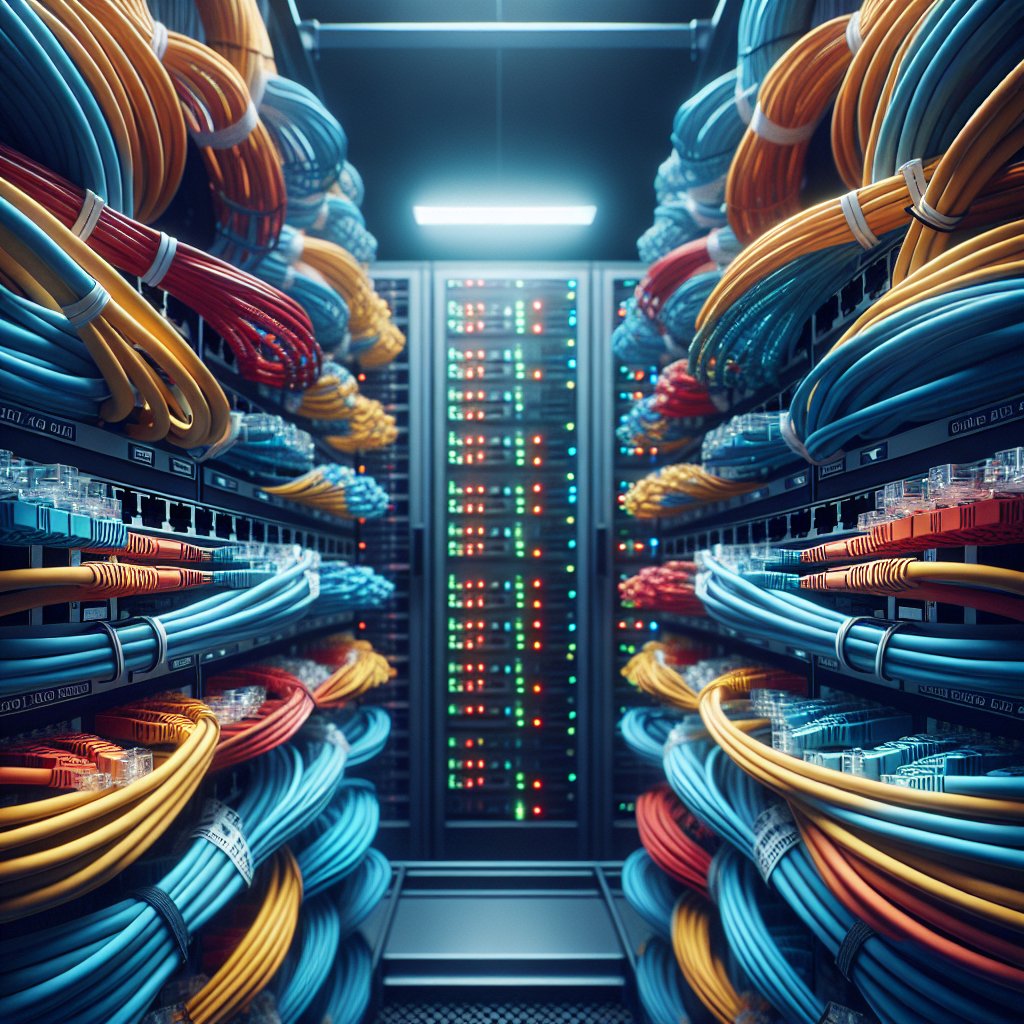Data centers are the backbone of modern technology, serving as the nerve center for storing, processing, and transmitting data. Proper cabling is essential for ensuring optimal performance and reliability in these critical facilities. In this article, we will discuss some best practices for data center cabling that can help maximize efficiency and minimize downtime.
1. Plan Ahead: Before embarking on any cabling project, it is essential to have a detailed plan in place. This includes mapping out the layout of the data center, identifying the locations of servers, switches, and other equipment, and determining the most efficient pathways for cables.
2. Use High-Quality Cables: Investing in high-quality cables is crucial for ensuring reliable and fast data transmission. Choose cables that are designed for data center use, such as Category 6 or Category 6A Ethernet cables, which offer high bandwidth and performance.
3. Organize and Label Cables: Proper organization and labeling of cables are essential for easy identification and troubleshooting. Use color-coded cables for different types of connections and label each cable with its corresponding endpoint to avoid confusion.
4. Maintain Proper Cable Management: Implementing a robust cable management system is essential for keeping cables neat and organized. Use cable trays, racks, and Velcro ties to keep cables organized and prevent tangling, which can lead to signal interference and performance issues.
5. Minimize Cable Lengths: Keeping cable lengths as short as possible can help reduce signal degradation and improve data transmission speeds. Avoid excessive cable coiling or looping, as this can also lead to interference and performance issues.
6. Follow Industry Standards: Adhering to industry standards, such as those set forth by the Telecommunications Industry Association (TIA) and the International Organization for Standardization (ISO), is essential for ensuring compatibility and interoperability between different components in the data center.
7. Regular Maintenance: Regularly inspecting and maintaining cabling infrastructure is essential for preventing downtime and ensuring optimal performance. Check for signs of wear and tear, such as frayed cables or damaged connectors, and replace any damaged components promptly.
In conclusion, proper cabling practices are essential for maintaining the efficiency and reliability of data center operations. By following these best practices, data center operators can ensure that their cabling infrastructure is optimized for performance and reliability, minimizing downtime and maximizing productivity.


Leave a Reply